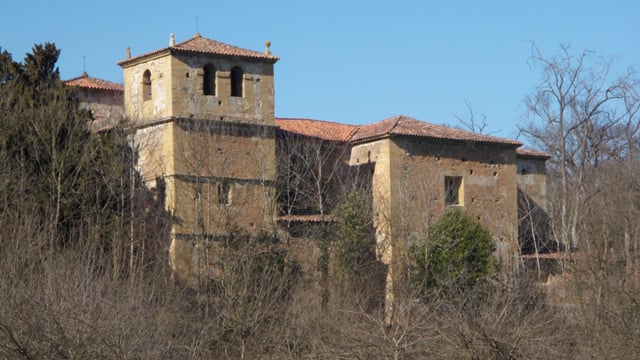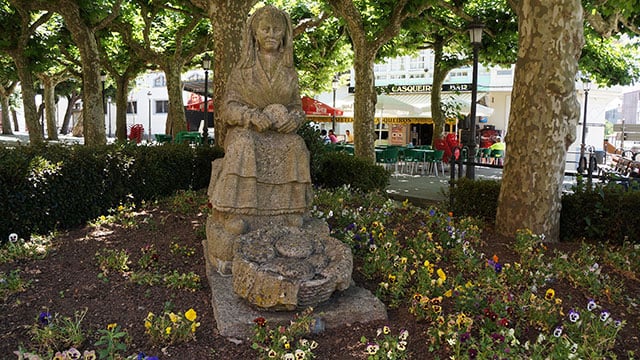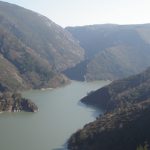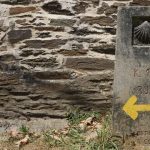Full Camino Primitivo (from Oviedo to Santiago)
The Full Camino Primitivo from Oviedo or Original Way is the oldest Camino de Santiago route, first used by devout pilgrims from Asturias in the 9th Century, including King Alfonso II. The Camino Primitivo is just over 300 km long and starts in the elegant city of Oviedo, home of El Salvador Cathedral, an important pilgrimage destination for many centuries.
The first section of this wonderful and less known Camino route from Oviedo across the Asturias countryside and into the mountainous regions of Galicia can be challenging but its peaceful tracks and scenery make it a very rewarding trail, it is worth the effort!
The city of Lugo, famous for its impressive UNESCO-listed Roman wall, marks the halfway point of the Camino Primitivo. The city is also considered one of Galicia’s best places to eat. From Lugo, the Camino Primitivo takes pilgrims on an old Roman paved road, crossing quiet hamlets, woodland, and quaint medieval bridges. The Camino Primitivo joins the most famous Camino route, the Camino Francés, in the lively market town of Melide, some 50kms away from Santiago de Compostela.
This trail gives you the best of both worlds: you’ll enjoy the peace of the earlier stages and the lively and social aspects of the last days along the Camino Frances. If you are up for a challenge, we recommend you walk the full Camino Primitivo from Oviedo to the historic centre of Santiago de Compostela (15 nights), ensuring you have time to explore Oviedo and Lugo. However, you can start at any other point along the route; talk to our travel experts to adapt your itinerary. Remember that you will need to walk at least 100 km from Lugo if you’d like to receive your Compostela certificate in Santiago.
Click below to create or customize your Full Camino Primitivo. You can walk or cycle.






















